
|
||||||||||||||||||||||||||||||||||||||||||||||||
|
|
Aspromonte National Park
Basic Information ...the wood is filled with the sounds of wildness
How to Get There: From Rome - Approx. 645 km - Via A1 to Naples. By car: from the North, take highway A3 to the exit for Bagnara di Calabria and continue towards Gambarie di Santo Stefano d'Aspromonte. From Reggio Calabria, take the freeway SS n. 184 Gallico-Gambarie. By train: Villa San Giovanni and Reggio Calabria are the closest railway stations. In Brief: The Aspromonte National Park has only recently been established. The complexity and the nature of the territory have not permitted the Park Authority to make rapid progress with setting up sufficient structures to cover the entire area.
Itineraries: There are many itineraries that one can follow in the area, simply by following one of the well-marked forest paths. Additionally it is highly recommended visiting the Montalto and Maesano waterfalls. One path leads to the steep Pietra Cappa rock, passing through an ancient sweet chestnut woods on the way. Another one leads to Lake Costantino, starting from San Luca. Park Outline: The establishment of the Calabria National Park (in 1968) originally seemed to be a positive interruption in the long period of Italy's lack of interest in national parks (the last preceding opening was Stelvio in 1953). After much controversy, the mistake was corrected establishing Aspromonte as a national park of its own right (successively instituted by decree in January 1994), covering the entire area.
The highest elevation of the rock formations is characterized by a series of tablelands; the slopes fall away into the sea with giant terraces, called plains or fields, separated by steep cliffs. Another characteristic is that of sharp pinnacles alternated by gorges that cradle rivers or waterfalls. The torrents of Aspromonte bear large beds of debris that are dry for most of the year, but that can suddenly become flooded with water during winter storms. Following the course of the Bonamico Torrent, for example, it is possible to reach Lake Costantino: one of the few European lakes originated by a landslide that blocked the waterway (the difference between this and other lakes that were formed in this way, such as Lake Scanno, is that Lake Costantino does not date back to geological times but to more recent times.
Wildlife: The large mountain-top woodlands of Aspromonte are made up of Beech trees or of a mix of European larch (a pine that is characteristic of the Sila and Aspromonte region) or even Beeches mixed with Silver firs (which was a very common tree in the Apennine woodlands centuries ago, but is now very rare).
Concerning animal life in the Park, the most important presence is the extremely rare Bonelli's eagle (less known than the more common Golden eagle); the number of specimens present in Italy can be literally counted on one hand.
History and Culture: The Aspromonte area is a land that has always had close cultural ties with the Eastern Mediterranean, ties that are seen in the art, architecture and popular traditions. The history of the territory of the Aspromonte region is an ancient one. This path has been used for thousands of years and it remains visible to this day.
Locri, near the Park's borders, is home to the remains of the Sanctuary of Persephone and of a ring of walls. Between the 7th and 12th centuries AD, the territory of the Aspromonte witnessed new migrations of Greek peoples. At Pietra Cappa, in the town of San Luca, high rounded cliffs filled with caverns and dominated by Byzantine monasteries bring to mind the Meteore of Cappadoccia.
Beautiful Norman architecture is also worth noting, such as the Church of Santa Maria Tridetti in Pietro Castello, the Sanctuary of Polsi in Bagnania Calabria, the splendid Cathedral of Gerace, the Churches of Santa Maria del Mastro, San Giovenello, and Saint Francis.
A final word must be said on the residential area of Cittanova with its radiant 18th century urban plan. Typical Products and Craftwork: Numerous typical products are produced in the area, the terracottas, ceramics, hand woven fabrics and wrought iron being particularly noteworthy. National Parks of : | Abruzzo & Molise | Gran Sasso | Cilento & Vallo del Diano | Vesuvio National Park | Gargano | Calabria | Pollino | Apromonte | Asinara | Maddalena |
|

|
||||||||||||||||||||||||||||||||||||||||||||||
|
||||||||||||||||||||||||||||||||||||||||||||||||

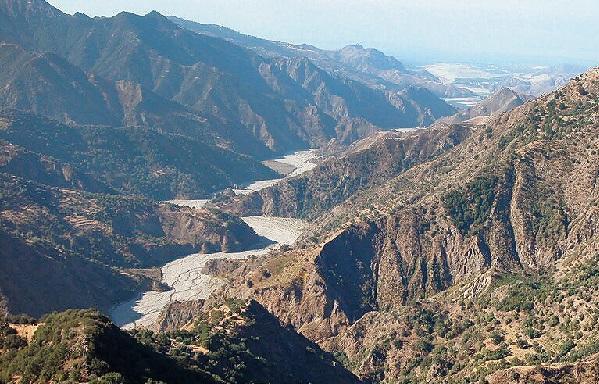
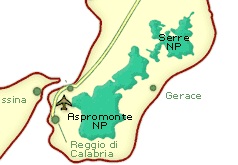
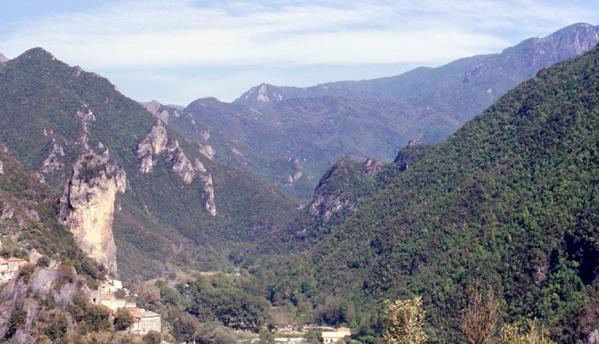

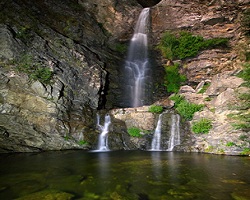
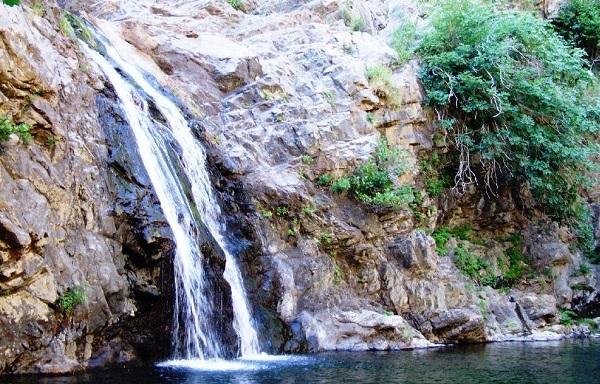

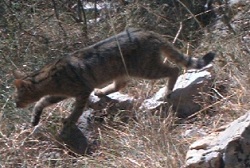

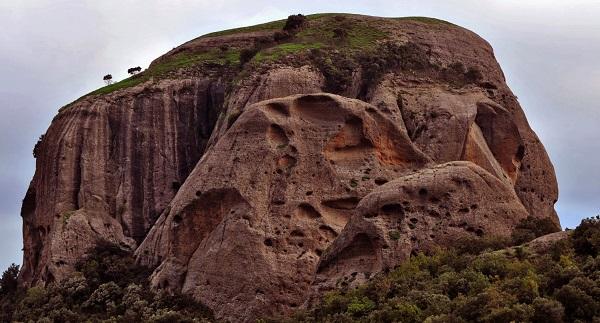
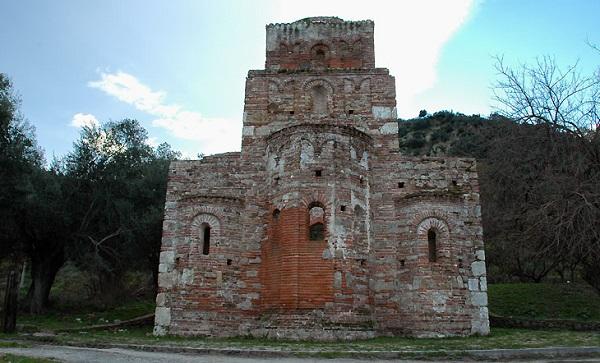
 that ranges from simple kitchen tools (spoons, bowls) to exquisite pipes carved from the wood of heath trees.
that ranges from simple kitchen tools (spoons, bowls) to exquisite pipes carved from the wood of heath trees.
